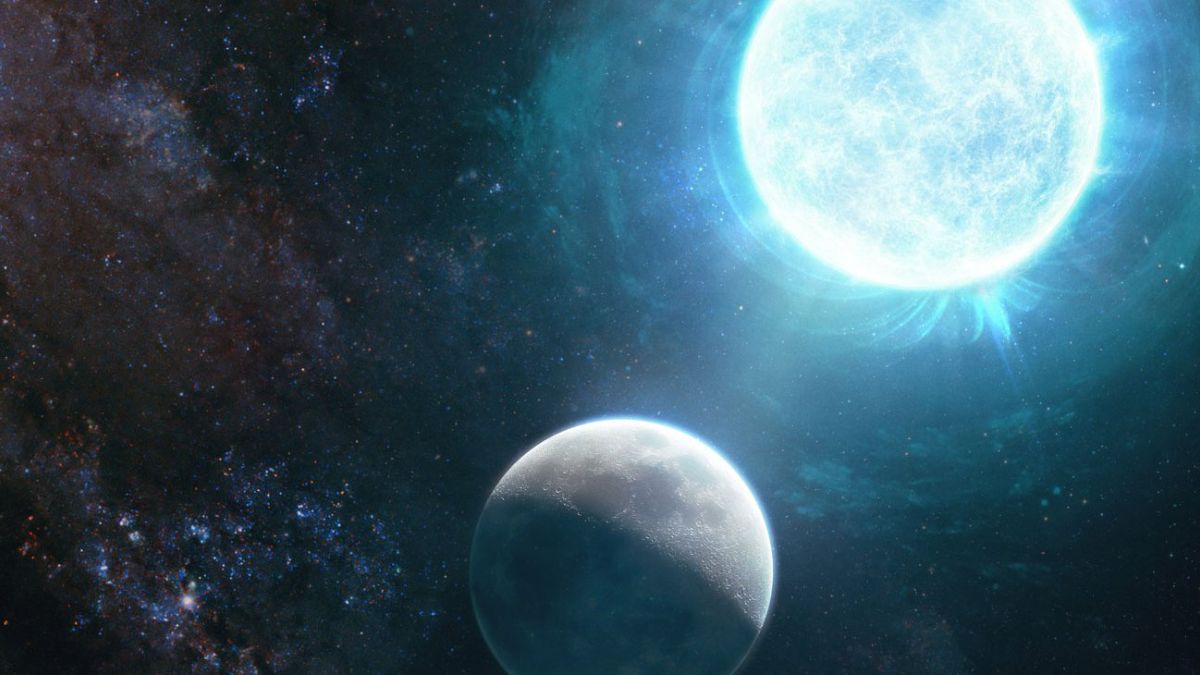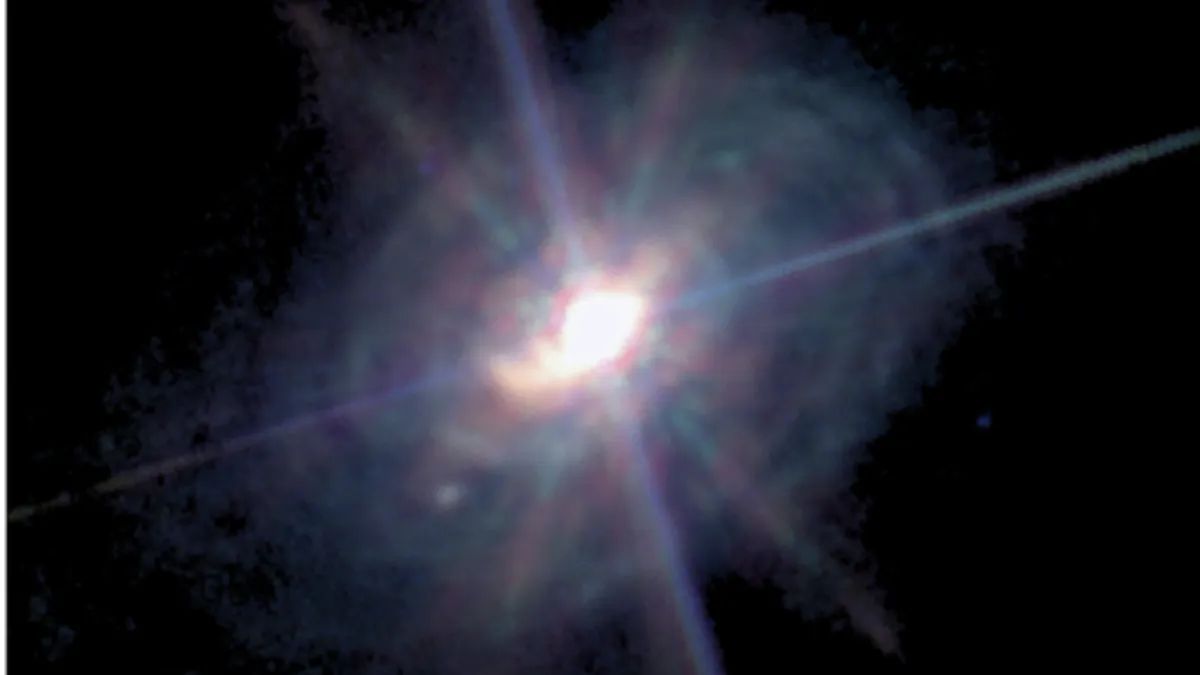Scientists have made an exciting discovery. They have found over 300 hidden planet-devouring stars within the Milky Way. This discovery was made possible by using Artificial Intelligence (AI). These stars are known as “white dwarfs.” The remnants are what’s left behind when massive stars have consumed their own planets.
What Are White Dwarfs?
White dwarfs are the final stage of a star’s life. Upon depletion of its fuel, a star similar to our Sun undergoes expansion, transforming into a red giant. During this phase, it can swallow any nearby planets. After this, the star sheds its outer layers and shrinks into a white dwarf.
White dwarfs are incredibly compact and diminutive celestial objects; despite being approximately the size of Earth, they possess the mass of the Sun.
How AI Helped
Finding these white dwarfs is not easy. They are faint and hard to detect. Traditional methods involve looking for signs of planetary debris on the star’s surface. This can be a slow and challenging process. However, a team of astronomers developed a new AI algorithm.
This algorithm can quickly analyze large amounts of telescope data. It looks for specific features that indicate the presence of white dwarfs. The AI has proven to be 99% accurate in identifying these stars.
The Importance of This Discovery
This discovery is important for several reasons. First, it helps us understand the life cycle of stars. By studying white dwarfs, scientists can learn more about how stars evolve and die.

Second, it provides insights into the fate of planetary systems. Our own Sun will one day become a white dwarf. This means that billions of years from now, Earth could be consumed by the Sun.
What Scientists Found
The AI algorithm identified over 300 white dwarfs with signs of planetary debris. This means that these stars have likely consumed their planets. The debris includes elements like iron and magnesium. These elements are usually found in the cores of planets.
When a planet is consumed, these elements get deposited on the star’s surface. By studying these elements, scientists can learn more about the composition of distant planets.
Future Research
This discovery opens up new avenues for research. Scientists can now study these white dwarfs in more detail. They can use this information to understand the composition of exoplanets. This is important for the search for life beyond our solar system. Scientists can better identify potentially habitable worlds by knowing what distant planets are made of.
The discovery of over 300 hidden planet-devouring stars is a significant milestone. It showcases the power of AI in advancing our understanding of the universe.
As technology continues to improve, we can expect even more exciting discoveries in the future. For now, this finding provides a fascinating glimpse into the violent and dynamic nature of our galaxy.





